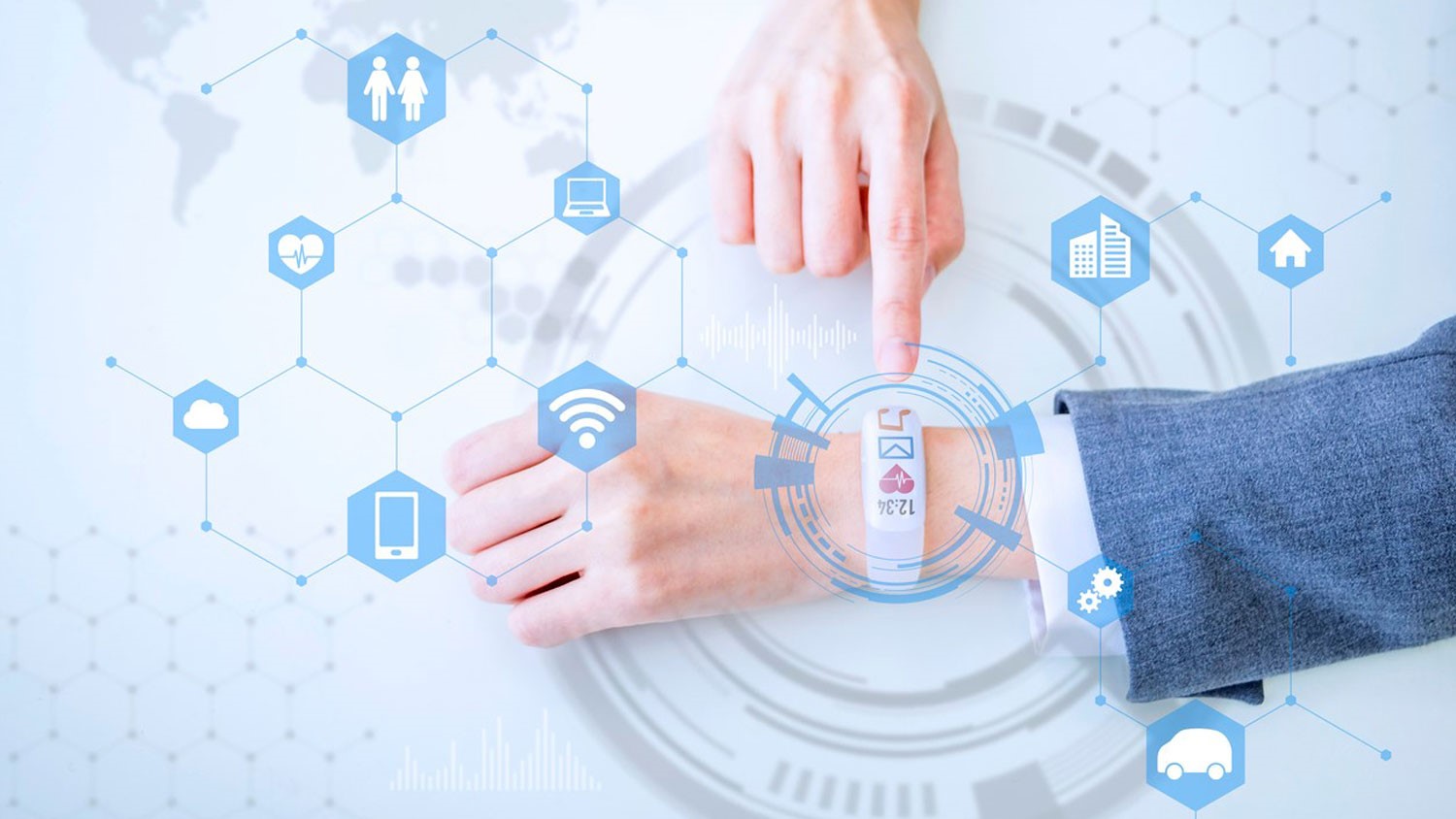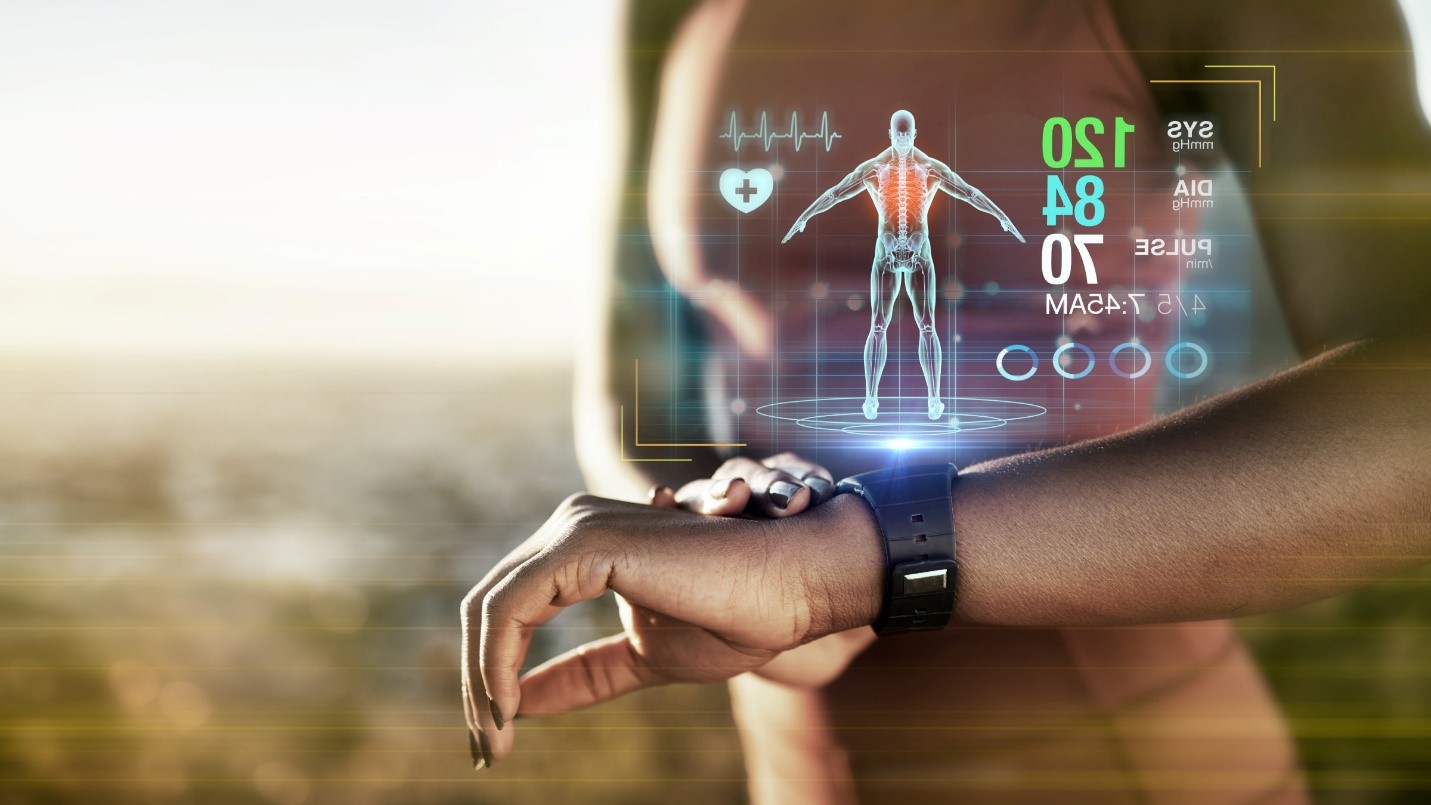Wearable Health Tech is rapidly evolving, transforming from simple fitness trackers into sophisticated health monitoring systems capable of detecting and managing a variety of conditions. As technology continues to advance, the future of Wearable Health Tech promises even more impressive capabilities, extending far beyond basic monitoring to include predictive analytics, personalized healthcare, and even potential therapeutic interventions. This article delves into the current state and future potential of Wearable Health Tech, exploring the innovations poised to revolutionize healthcare.
Current State of Wearable Health Tech
Wearable Health Tech has already made significant strides in healthcare. Devices like smartwatches, fitness trackers, and specialized health monitors have become ubiquitous, providing users with real-time data on various aspects of their health. These devices can track steps, monitor heart rate, measure sleep patterns, and even detect irregularities such as atrial fibrillation.
For instance, the Apple Watch and Fitbit are popular examples of devices that provide users with a wealth of health-related data. They can alert users to potential health issues, encouraging them to seek medical advice when necessary. Moreover, these devices have integrated with smartphone apps, allowing for a more comprehensive analysis of health data over time.
Beyond Monitoring: Predictive Analytics
One of the most exciting developments in Wearable Health Tech is the integration of predictive analytics. By leveraging artificial intelligence (AI) and machine learning algorithms, wearable devices can analyze vast amounts of data to predict potential health issues before they become severe. This proactive approach to healthcare can lead to earlier interventions and better outcomes.
For example, continuous glucose monitors (CGMs) for diabetic patients are evolving to not only track blood sugar levels but also predict future glucose trends. This allows for more precise insulin management and reduces the risk of hyperglycemia or hypoglycemia. Similarly, wearable devices that monitor heart rate variability can predict the likelihood of cardiac events, enabling users to take preventive measures.
Personalized Healthcare
Wearable Health Tech is also paving the way for personalized healthcare. By continuously collecting data on an individual’s health metrics, these devices can provide tailored recommendations that cater to the unique needs of each user. This personalized approach can improve the effectiveness of health interventions and enhance overall well-being.
For instance, wearables can analyze a user’s sleep patterns and provide personalized tips to improve sleep quality. They can also offer customized exercise plans based on an individual’s fitness level and goals. In the future, we can expect wearables to integrate with genetic data, providing even more personalized health insights and recommendations.
Integration with Healthcare Systems
The integration of Wearable Health Tech with healthcare systems is another crucial development. By seamlessly sharing data between wearable devices and electronic health records (EHRs), healthcare providers can gain a more comprehensive understanding of a patient’s health. This can lead to more informed decision-making and better-coordinated care.
For example, patients with chronic conditions such as hypertension or diabetes can use wearable devices to monitor their health metrics and share this data with their healthcare providers in real-time. This continuous flow of information allows for more precise adjustments to treatment plans and can help prevent complications.

Remote Patient Monitoring
Remote patient monitoring (RPM) is a growing trend in healthcare, and Wearable Health Tech plays a pivotal role in its implementation. RPM allows healthcare providers to monitor patients’ health remotely, reducing the need for frequent in-person visits and improving access to care, especially for those in remote or underserved areas.
Wearable devices can track vital signs, medication adherence, and other health metrics, transmitting this data to healthcare providers for analysis. This continuous monitoring can help detect potential issues early and enable timely interventions. For example, wearables can help manage chronic conditions such as heart disease, COPD, and asthma by providing real-time data to healthcare providers.
Therapeutic Interventions
Looking ahead, Wearable Health Tech has the potential to move beyond monitoring and into the realm of therapeutic interventions. Researchers are exploring the development of wearables that can deliver treatments directly to the user. For example, smart patches that deliver medications through the skin or wearables that provide electrical stimulation to manage pain are currently being developed.
One promising area of research is the development of wearables for mental health management. Devices that monitor physiological indicators of stress and anxiety can provide real-time biofeedback and interventions, such as guided breathing exercises or mindfulness techniques, to help users manage their mental health.
Challenges and Considerations
Despite the promising future of Wearable Health Tech, several challenges must be addressed to fully realize its potential. One of the primary concerns is data privacy and security. As wearable devices collect and transmit sensitive health information, ensuring the protection of this data is paramount. Robust security measures and compliance with regulations such as HIPAA are essential to safeguard users’ privacy.
Another challenge is the accuracy and reliability of wearable devices. While many wearables provide valuable health data, there can be variations in accuracy, which may affect clinical decision-making. Ongoing research and development are needed to improve the precision of these devices and validate their use in healthcare settings.
Additionally, the integration of Wearable Health Tech with healthcare systems requires interoperability and standardization. Ensuring that data from different devices can be seamlessly integrated into EHRs and other healthcare platforms is crucial for effective use.
The Road Ahead
The future of Wearable Health Tech is undoubtedly bright, with innovations that have the potential to transform healthcare. As technology continues to advance, we can expect wearables to become more sophisticated, offering enhanced monitoring capabilities, predictive analytics, personalized healthcare, and therapeutic interventions.
Moreover, the integration of Wearable Health Tech with healthcare systems and the expansion of remote patient monitoring will improve access to care and enable more proactive management of health conditions. As these technologies evolve, they will play an increasingly vital role in promoting health and well-being, ultimately leading to better health outcomes for individuals and populations.
In conclusion, Wearable Health Tech is poised to revolutionize healthcare by moving beyond simple monitoring to encompass a wide range of capabilities. As we look to the future, the continued development and integration of these technologies will pave the way for a new era of personalized, proactive, and patient-centered healthcare.




